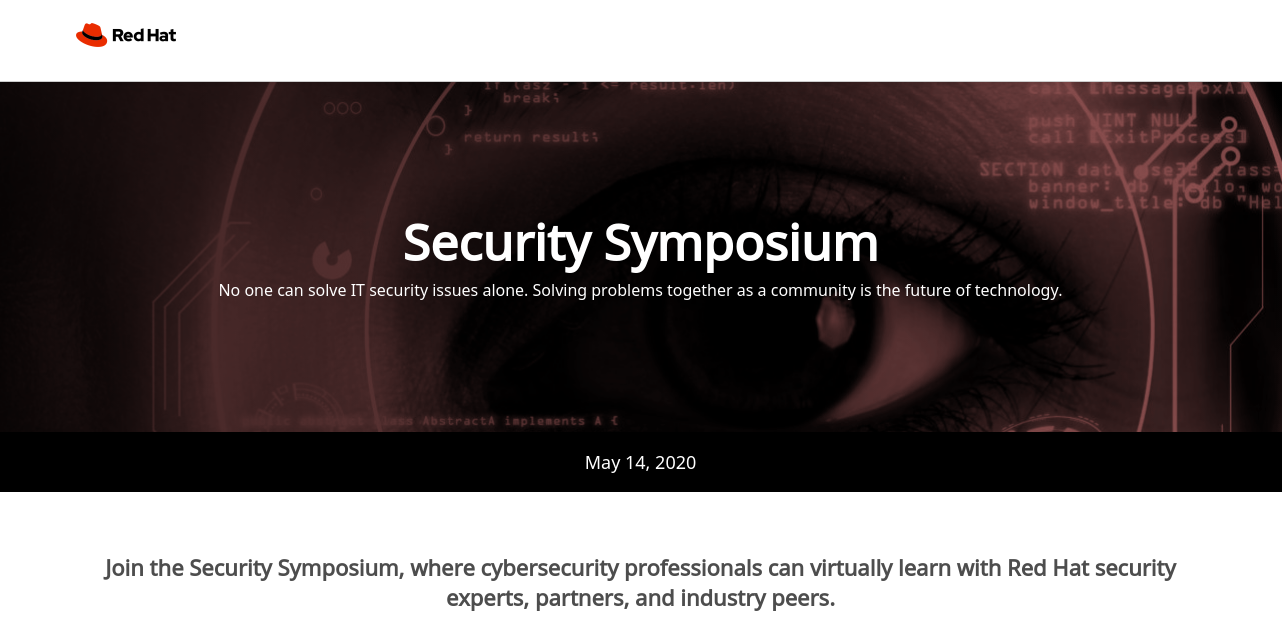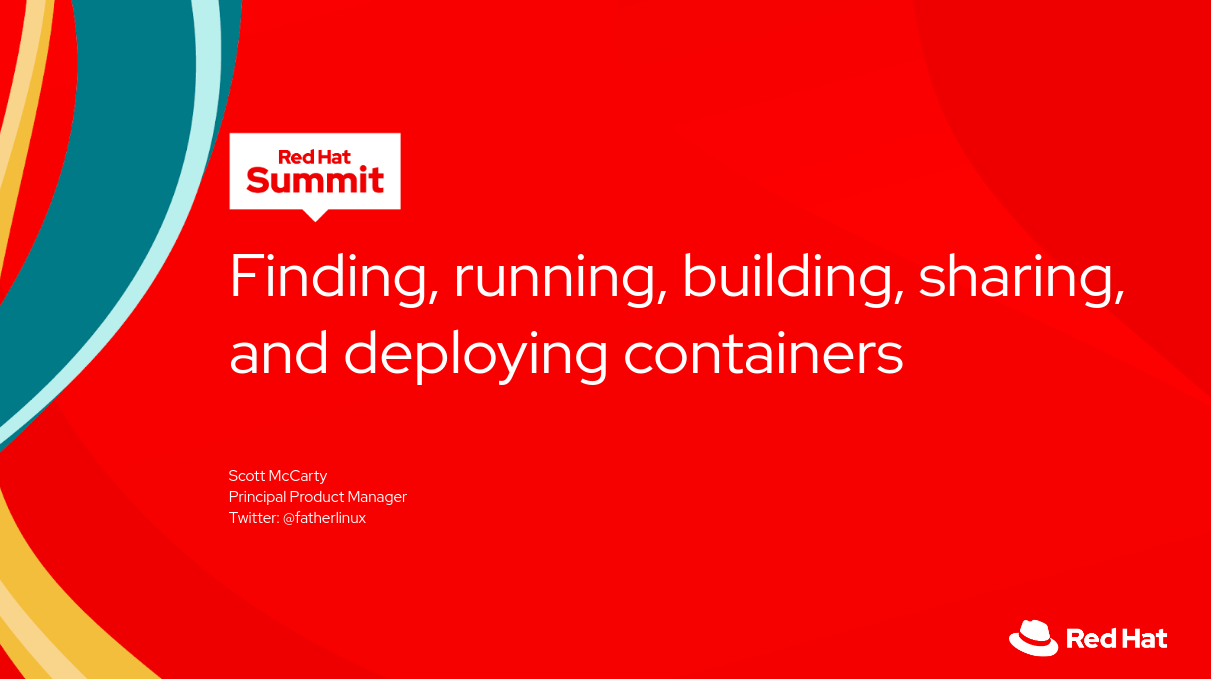This presentation is a 16 slide introduction to what must be thought about when building a production cloud. Proper image management is critical engineering task.
Security Symposium 2020: Virtual: The Security Implications of Running Software in Containers



